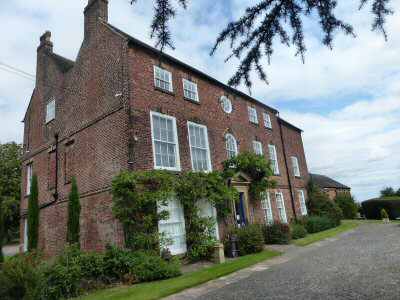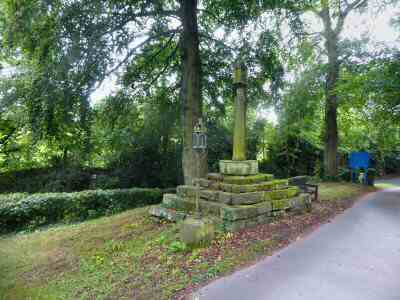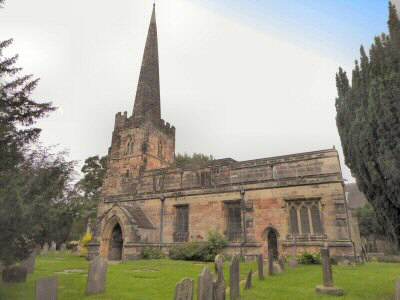MORLEY
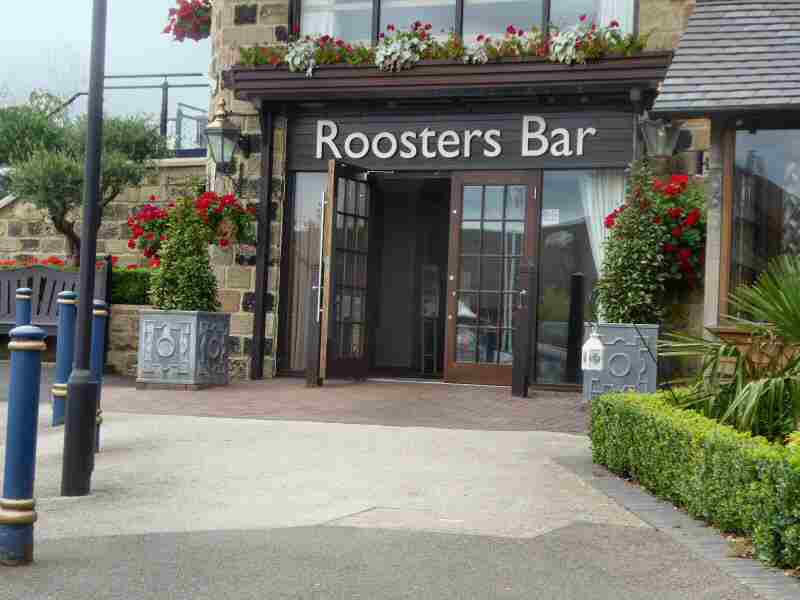
INFORMATION
Where is it? – Morley is approximately 5 miles northeast of Derby on the A608.
What to do? – Check out Derby College Equestrian Centre at Broomfield Hall. For further information: Telephone: 0780 891295 or visit www.derby-college.ac.uk – visit Morley Hayes where you can watch the golf and get refreshments – explore St Matthew’s Church and the Rectory Grounds.
Where to eat? – The Three Horseshoes on the A608. For further information: Telephone 01332 834395 or visit Facebook – Morley Hayes Golf Club. For further information: Telephone 01332 780480 or visit www.morleyhayes.com.
Other places to visit – Visit Ilkeston the third largest town in Derbyshire which stands on top of a hill above the Erewash Valley. Time your trip to visit the large open-air market and Erewash Museum (0115 907 1148 or visit www.erewashmuseum.co.uk) – Shipley Country Park contains over 600 acres of attractive parkland with lakes, woodlands and miles of footpaths and bridleways. There is a Visitor Centre with a countryside gift shop and café. For further information: Telephone 01629 533991 or visit: countrysideservice@derbyshire.gov.uk

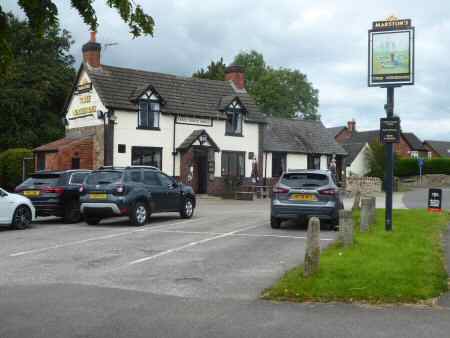
PROFILE
Morley is a scattered village in pleasant surroundings on the eastern side of Morley Moor, with Morley Smithy to the north. What sets it apart from many other villages is the comprehensive history of the ancient settlement on the Parish Council’s website which makes fascinating reading.
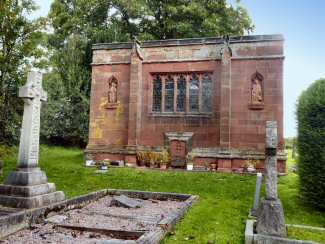
ST. MATTHEW’S CHURCH
St Matthew’s Church a Grade I listed building is famous for its magnificent medieval stained glass windows and ancient tiles all acquired from Dale Abbey in 1539 by Sir Henry Sacheverell after the monastery was dissolved. The church is also noted for the brasses on the tombs of John Sacheverell who was killed at the Battle of Bosworth in 1485. In the north chapel is the tomb of Katherine Babington, grandmother of Anthony Babington, who was executed for his part in the plot to put Mary Queen of Scots on the throne. Standing next to the church is the Mausoleum a Grade II* listed building, which contains the tomb of Sir Hugh Alleyne Sacheverell Bateman, a keen huntsman who died in 1896 from injuries sustained in a riding accident in Morley Hayes Wood.
THE RETREAT AND GROUNDS
The Old Rectory is now known as The Retreat and stands on the church grounds. It has its own chapel, accommodation and a beautiful walled garden, where events take place including the local village show. Close by is the butter or barter cross which as the name indicates Morley might have had a market at one time.
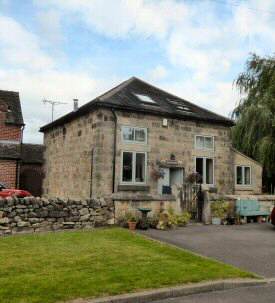
MORLEY HALL
All that remains of the old hall built by William Sacheverell in the l7th century and demolished in 1757 is the ‘Loaf Gate’ by the Mausoleum. The present building was erected for the Wilmot-Sitwells in 1837 and later extended. Further restoration work and extensions have been carried out in recent years.
The 17th-century Tithe Barn and Dovecote were probably part of the original hall’s outbuildings. The ground floor was used to house a coach house and stables with the upper floor utilised for storage and living space. At the end of the 19th century, the upper floor was converted for village events and became known as the Recreation Room. Until, in 1988, the barn was sold and adapted for private residential use.
MORLEY ALMSHOUSES
Jacinth Sacheverell who died in 1656 left instructions in his will for the erection of ‘an hospital on Morley Moor for the habitation of six poor, lame or impotent men’. His wife died shortly after his death but not before she had arranged for the almouses to be built on what is now known as Almshouses Lane. Hence, the reason they bear the date 1656, although they were not erected until a later date. The houses have now been converted into four, two for Morley and two for Smalley.
The first chapel to be built in the village was registered in 1854 and permission was granted to build a second chapel in 1861 on Almshouses Lane. The first chapel was converted into a dwelling house in 1892 and the second closed in 1977. It is now a private residence.
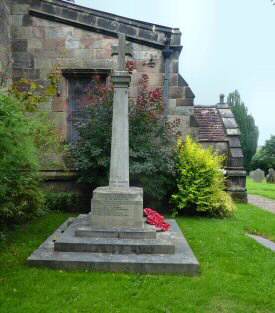
BRICKYARD AND NATURE RESERVE
The old clay pits on Brick Kiln Lane were dug for the former brickworks. They were bought in 1984 by Derbyshire Wildlife Trust and are now a Nature Reserve and designated as a Site of Special Scientific Interest. Where a series of pools creates a range of habitats.
MORLEY MANOR
Built between 1894/99 for H. A. Sacheverell Bateman, Morley Manor is a large good-looking residence set in an estate of 325 acres. It was owned for many years by Dr Barnado’s Children’s Charity. When the occupants regularly went out walking with staff members. Thanks to this the parish was enabled to get the stretch of footpath installed along the A608 between the Manor and Morley Smithy to improve safety. The house has now reverted to a private residence.
MORLEY SMITHY
Behind the Three Horseshoes, which was formerly thatched, stood the premises of the village blacksmith. This is where the name you see on the road sign ‘Morley Smithy’ came from. Opposite the public house is Smithy Farm. It is occupied by a family who have farmed in Morley for over 100 years and still do so. A short distance further north along the A608 is the entrance to Morley Hayes a prestigious Hotel, Restaurant, Golf Complex, Conference Centre and Wedding Venue.
BROOMFIELD HALL
Britain was struggling to feed its population following the Second World War. To help alleviate this problem agricultural colleges were set up to train young people, including soldiers returning from the war how to farm and build up food supplies. Derbyshire was one of the first local authorities to set up its own agricultural college at Broomfield Hall in May 1947.
Today, Broomfield Hall is a campus of Derby College and the centre for land-based studies, including agriculture, horticulture and conservation. The landscaped garden is based on a Victorian garden layout. At Top Farm, which is part of the Broomfield Estate, there is an equestrian centre with the remainder of the estate in agricultural use.
